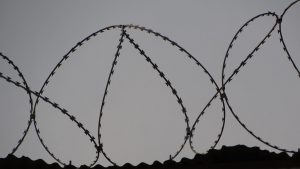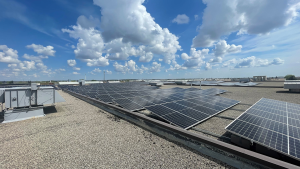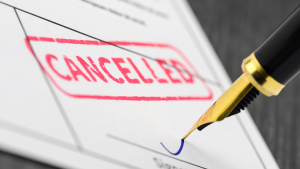Wayne Edwards, vice-president of Electro-Federation Canada says some defective construction products are counterfeit while others may result from manufacturers whose equipment is out of tolerance or specification. Bill C-36 may result in the reporting of more counterfeiting infractions.
Manufacturers, distributors, suppliers and contractors agree that counterfeit construction products and materials are a big problem.
But so far, no one really knows how big it is.
“No one has put a numbers on it,” says Wayne Edwards, vice-president of Electro-Federation Canada.
Several factors contribute to the growth in counterfeiting, he said, not least being the several ways in which counterfeiting can occur.
“Sometimes it’s just blatant counterfeiting,” Edwards said. “Somebody takes your product, takes it apart, then copies it.
“Sometimes, though, things just go out of tolerance after time. Maybe there’s a factory that keeps building widgets over and over and they don’t bother to update their technology and the specifications spelled out by a certification body. So their widgets might be unknowingly out of tolerance or out of specification.
“And sometimes, people just decide to cheat on the specification.”
But, he said, “when we go looking for examples, people are very slow to come forward.”
A large, reputable company might be reluctant to admit that they’ve been victims of counterfeiters because they don’t want their company name associated with bogus products in the public’s mind. And sometimes a firm that has bought phony products is reluctant to admit they’ve been duped.
Many bogus devices look pretty good from the outside, he said, but when you look inside, you’ll find a device that is intended to work just a few times. Or sometimes, it turns out to be an empty box.
“You can go to a dollar store and buy a surge protector for your computer for a buck, but there’s nothing in that box,” he said. “There’s no protection at all. It just makes you feel good because it looks like one.”
A new piece of legislation from the federal health department, Bill C-36, came into effect June 20, Edwards said, and it may mean that more counterfeiting infractions are reported.
It gives Health Canada all kinds of power to remove things from the shelf, which it didn’t have before. They’re looking at unsafe consumer products including unsafe toys and unsafe electrical products.
The bill stipulates that if a consumer makes a health or safety complaint about a product, the retailer is required to pass the complaint to the manufacturer. And the manufacturer, must report complaints to Health Canada, even if it’s a complaint from another country.
“It starts to focus the public on unsafe or counterfeit products,” Edwards said. “It’s starting to circle the wagons on some of this behaviour, which is really good news.”
There are often cases in which a manufacturer or distributor has attached phony Canadian Standards Association or Underwriters Laboratory labels. As a result, Edwards said, the CSA is working on a new label that might include a hologram, or, perhaps, a computer chip.
Although they look so simple they are often overlooked, a circuit breaker that doesn’t perform as it’s sup posed to can be hazardous to both life and property.
And counterfeiting in construction often involves such small items that are bought in bulk and used in bulk. But bigger items are counterfeited, as well. A recent case uncovered in Texas, involved substandard pipe couplings, including a thousand 9 5/8-inch sections made from rejected steel stock.
Counterfeiting is also moving into electronic devices and components.
An American contractor installed 48 Cisco network routers he’d bought from an authorized dealer, and installed them in a U.S. government building in Germany. When a dozen of them failed, they were all given a close second look and all turned out to be fakes.
So a buyer can be stung even dealing with an authorized dealer. So, buyer beware, Edwards said, and make sure you know and trust your supplier.
Apart from that, protecting yourself means paying heed to all the old warnings: If a price seems too good to be true, it probably is. Make sure it’s a brand name product, and look at the box and the labeling carefully.
Sometimes a spelling error can give a bogus product away. A counterfeiter of Philips lamps was shut down after someone noticed that the Philips name on the box was spelled with two l’s.










Recent Comments
comments for this post are closed